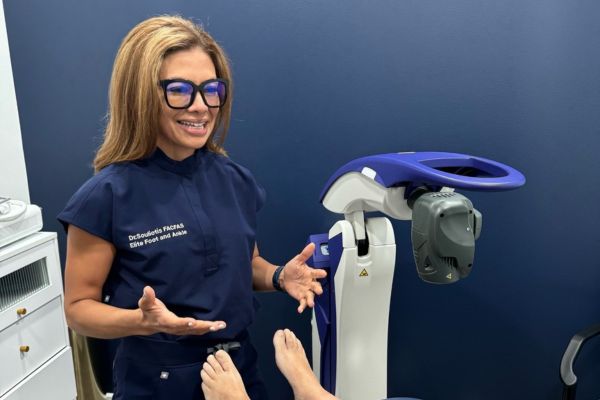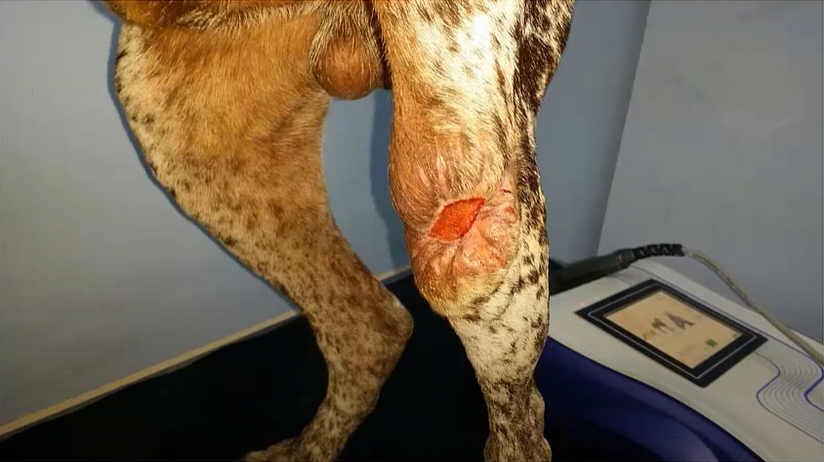The COVID-19 pandemic has had disastrous effects on mental health on a global scale and specifically within the healthcare industry.
Burnout has posed a significant burden to healthcare professionals prior to the pandemic, as well. A 2021 survey conducted by Medical Economics found that 91% of doctors have experienced burnout at some point in their career. However, COVID-19 has exacerbated existing levels of burnout with 71% of respondents feeling burned out at the time of the survey.
Burnout can have serious, wide-ranging effects on the individual practitioner, the practice, and quality of patient care. On the other hand, investing in physician well-being can lead to improved patient-doctor relations and a more efficient, higher-functioning practice.
In order to properly cope with burnout, it is important to understand the categories of burnout.
Physiological: Feeling consistently tired, headaches, high blood pressure, frequent illness, or changes in sleep habits, appetite, or mood.
Mental and Emotional: Anxiety, depression, loss of motivation, self-doubt, or decreased sense of accomplishment
Behavioral: Increased alcohol use or smoking, procrastination, frustration with or isolating from others.
Burnout is a gradual process but can sometimes feel sudden and unexpected if not identified early on. Health care professionals should take steps to fight burnout as soon as they begin recognizing symptoms. This could include a regular sleep schedule, proper diet, exercise, and feel-good hobbies.
However, in early 2020 the National Academy of Medicine reported that typical stress management strategies are not sufficient enough to tackle burnout among health care professionals in the long term.
Supporting clinician well-being requires continuous attention and action at the individual, practice, and structural levels. Burnout within healthcare is largely the result of external factors, including regulations, policies, insurance reimbursements, and more.
However, there are many approaches that can be adopted by independent practice leaders to minimize burnout, including:
- Creating positive work environments
- Addressing burnout in training and early career stages
- Reducing tasks that don’t improve patient care
- Improving the use and relevance of IT in the practice
- Reducing stigma and utilizing burnout recovery services
For more mental health resources, visit the National Academy of Medicine’s Clinician Well-Being Knowledge Hub.



